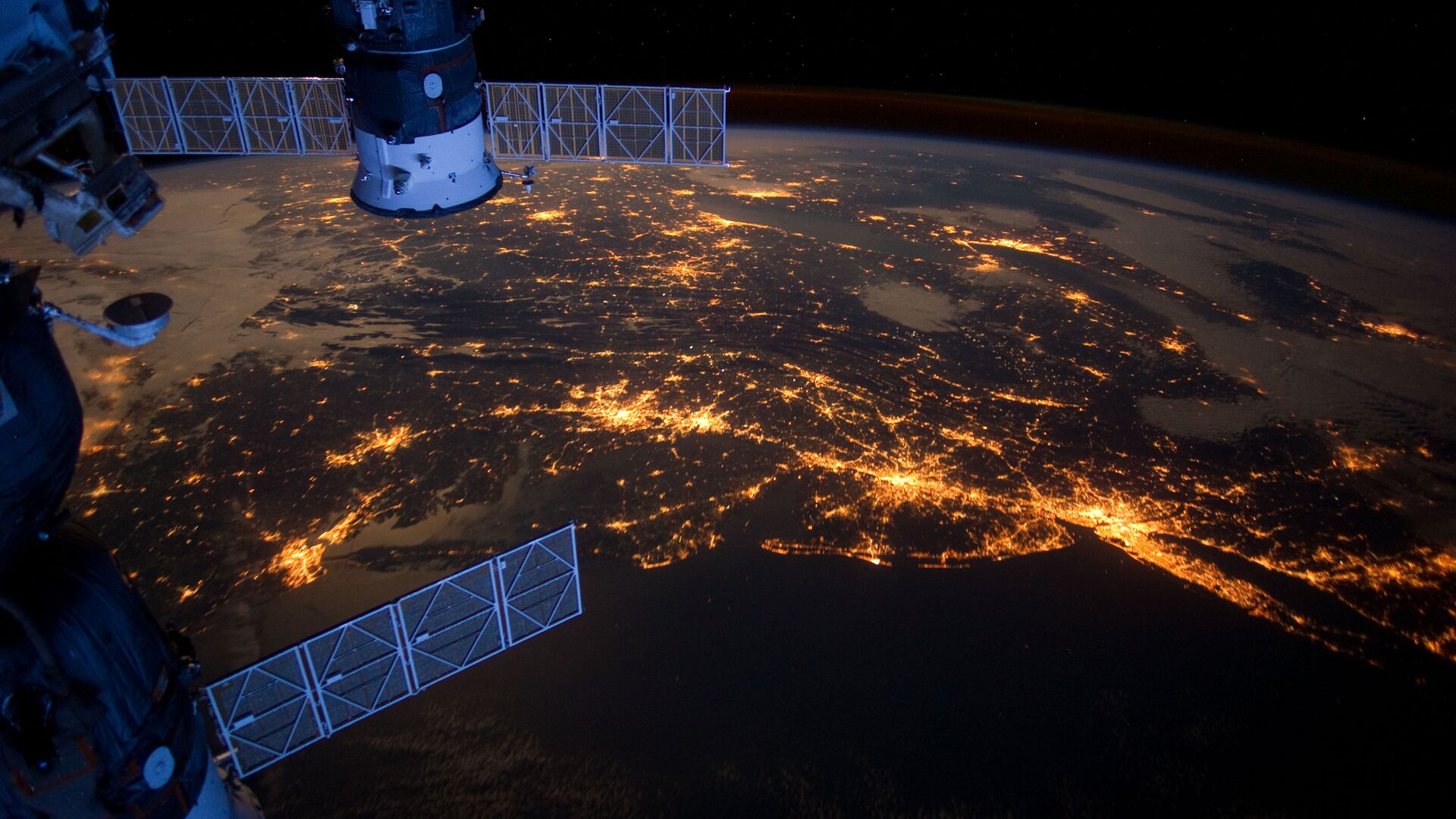
MOSCOW, August 9 The International Space Station (ISS) can be a «transit point» through which microorganisms can get from deep space to Earth, said Elena Shubralova, chief specialist at TsNIIMash.
The «Test» experiment has been conducted on the International Space Station since 2010. It involves astronauts collecting fine sediment from the outer surface of the station and then delivering it to Earth for transfer to scientists. The analyses carried out with the samples allow us to find out whether there are microorganisms outside the ISS, how they got there, and how resilient they are in space. 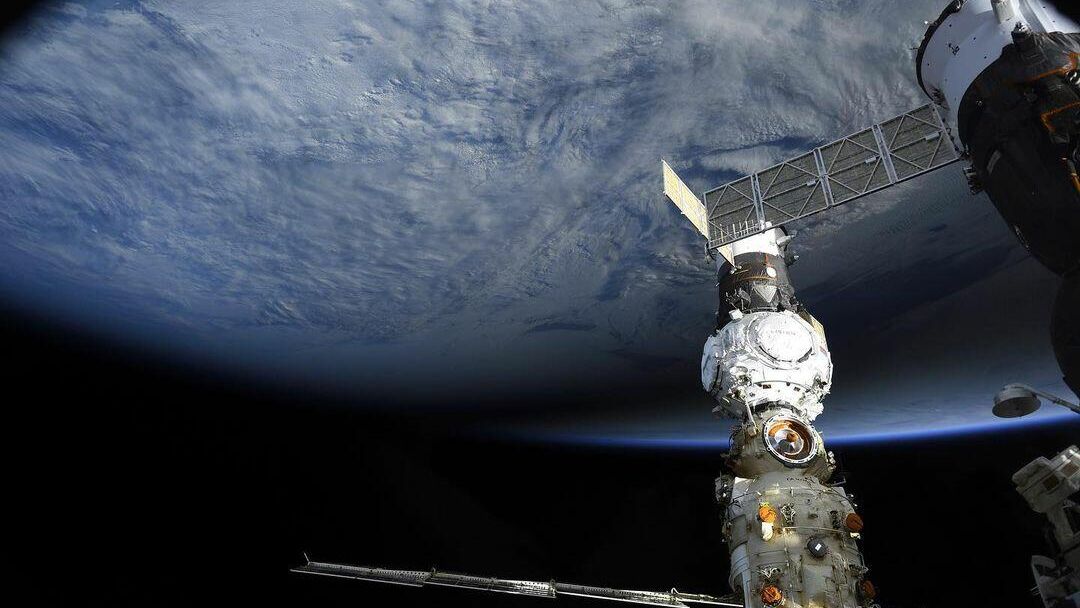
«Microorganisms on the outer surface of the ISS can be of both terrestrial and extraterrestrial origin. This is an open system, during extravehicular work we can bring microorganisms and chemical elements to the station, as well as take something out into space during airlocking and work. Then it can be «inadvertently» delivered to Earth with returned cargo and cosmonauts,» said Shubralova.
She specified that the ISS crosses meteoroid streams of one or more of the 36 comet tails at each orbit. Shubralova cited calculations by the Mission Control Center (MCC) of TsNIIMash, according to which the station is in the area protected by the Earth 92.8 days a year, that is, only a quarter of the total time. Therefore, material for studying cometary matter can be obtained from the outer surface of the station, the chief specialist of TsNIIMash specified. At the same time, according to her, it should be taken into account that particles of 36 meteoroid streams can both bring and carry microorganisms from near-Earth space into interplanetary space.
Read the full interview with Shubralova on the ria.ru website at 11:00 Moscow time.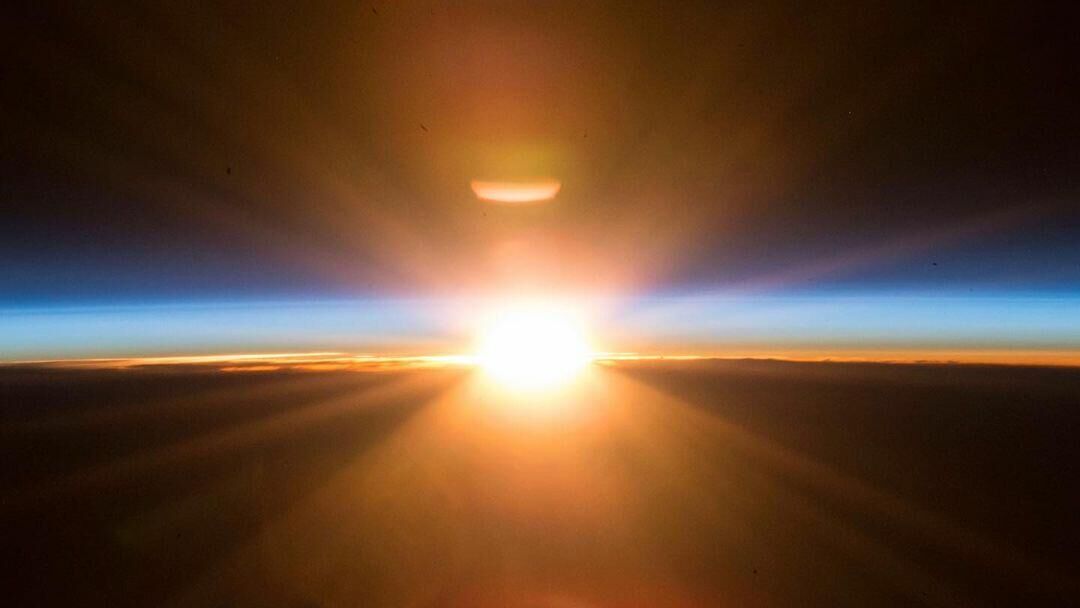




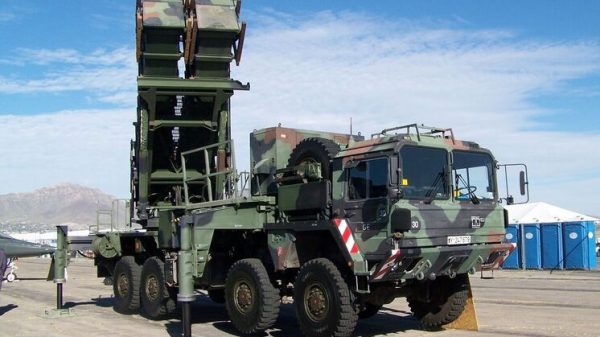



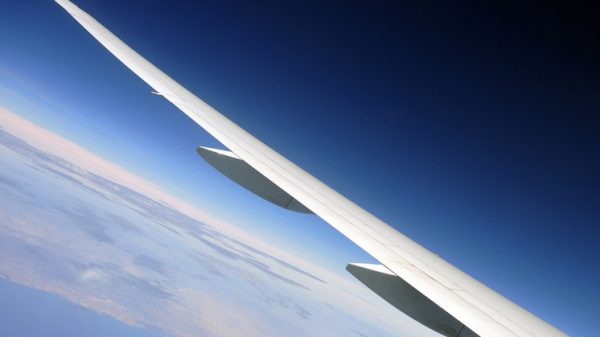
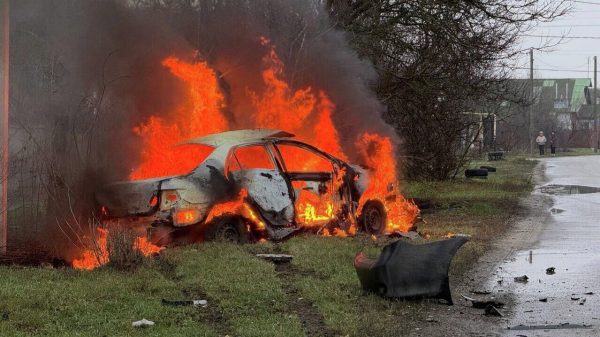
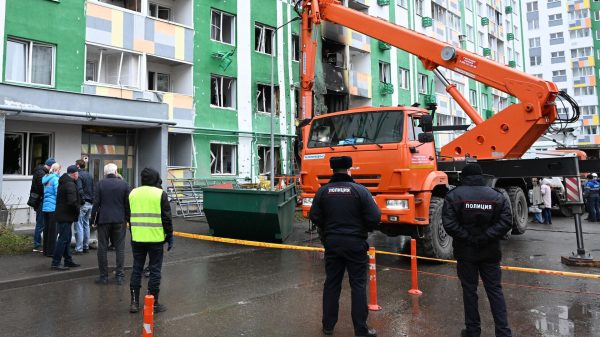
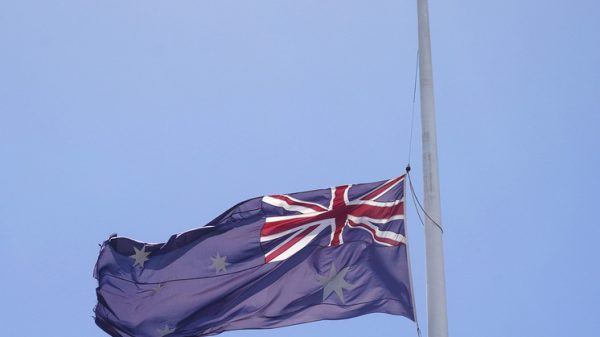






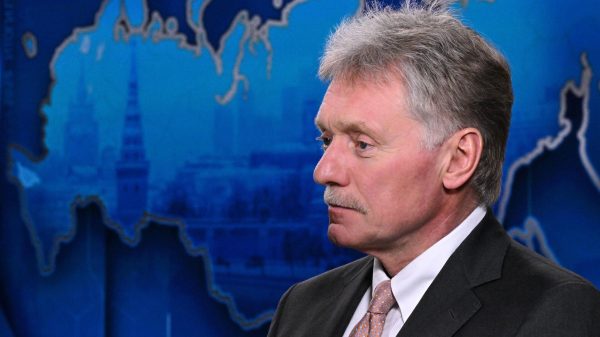
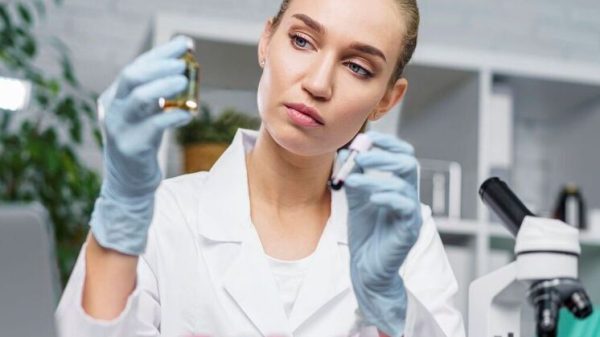














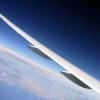





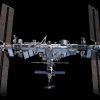






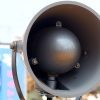






Свежие комментарии